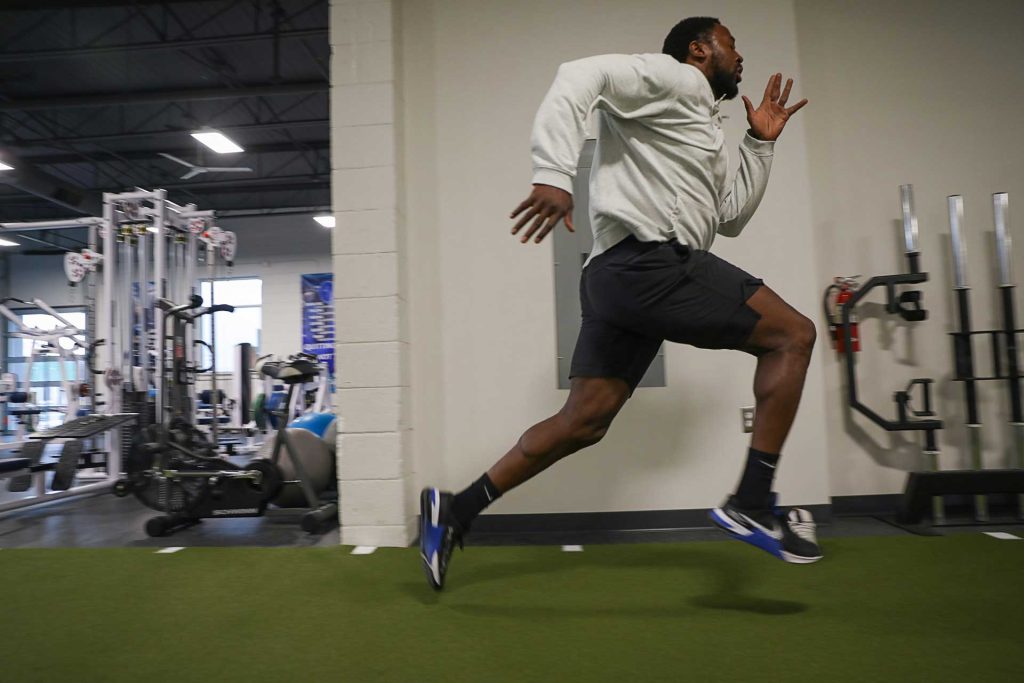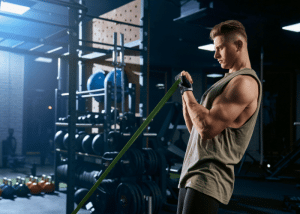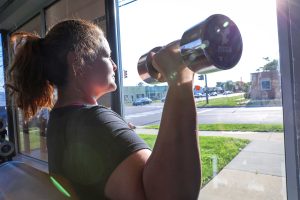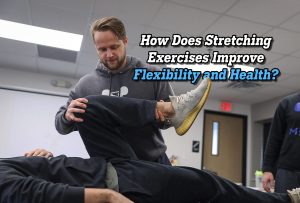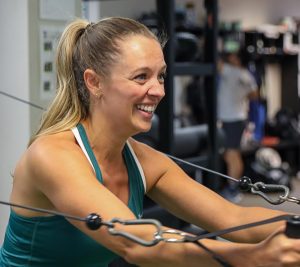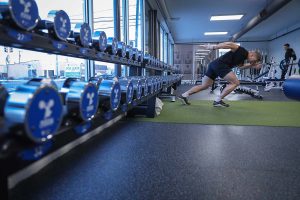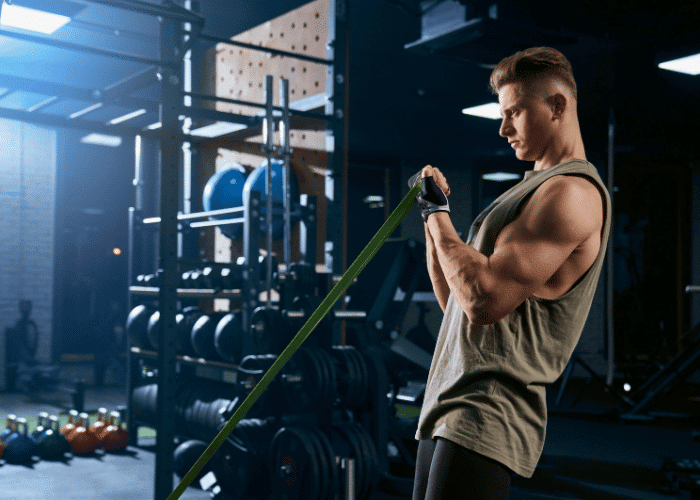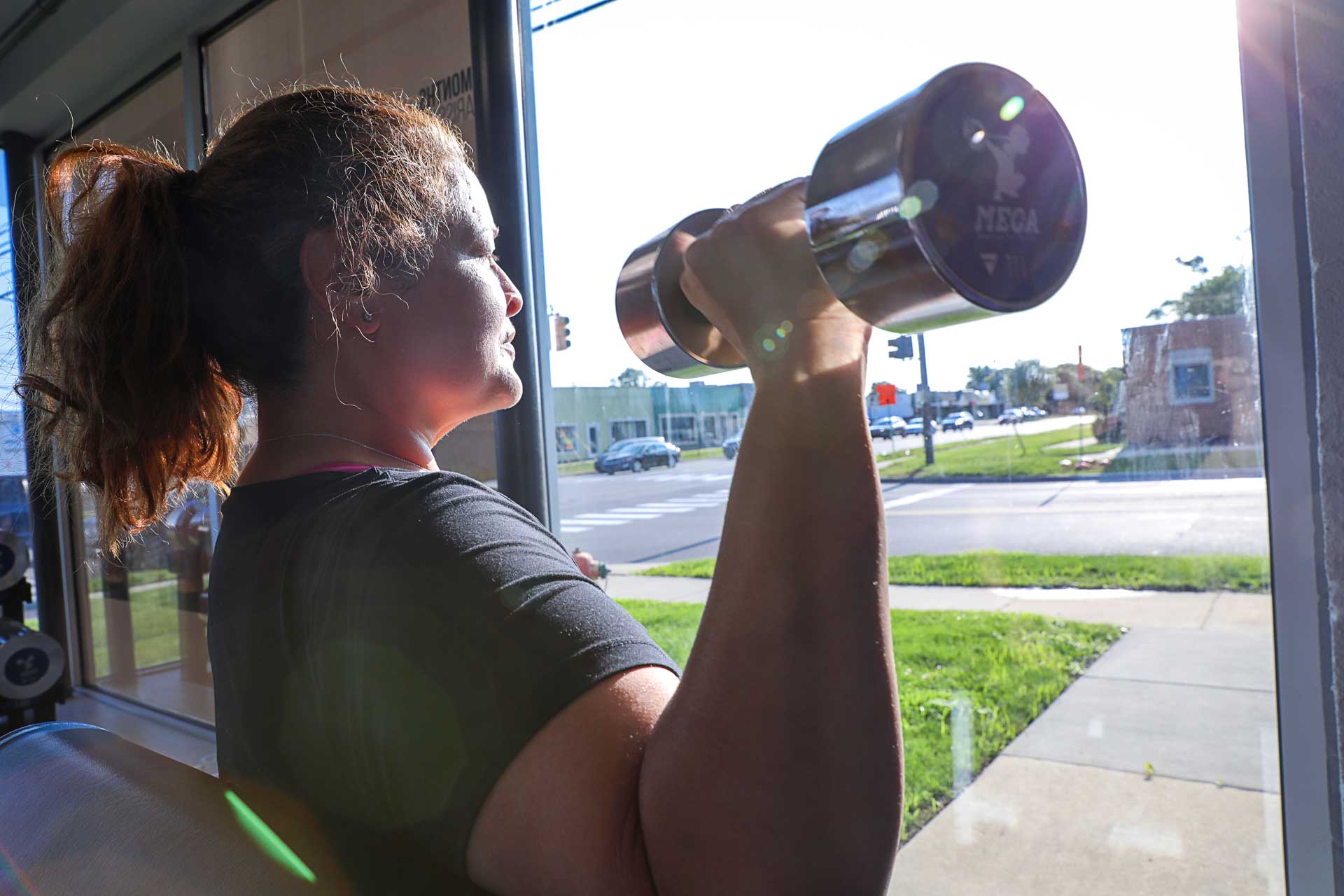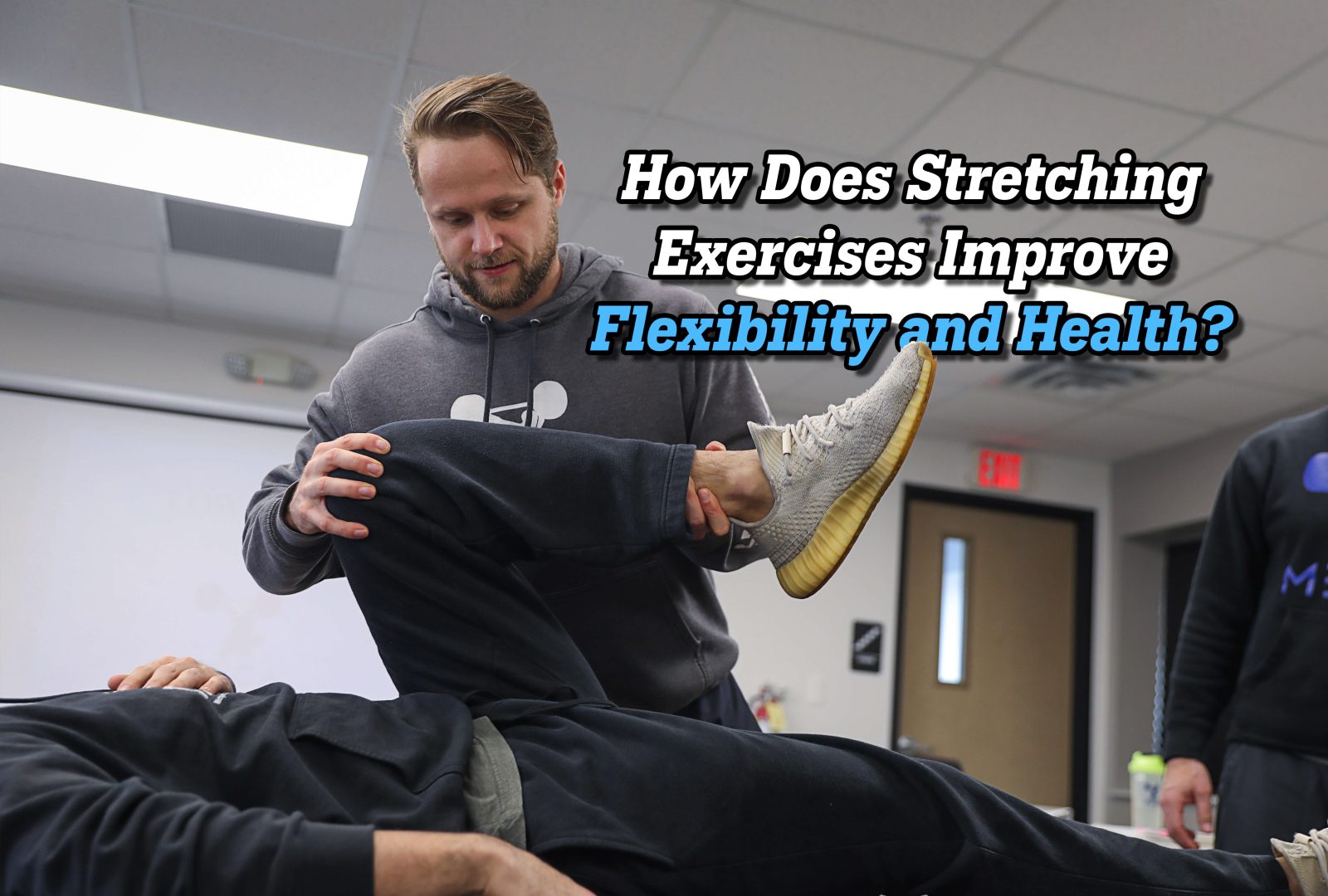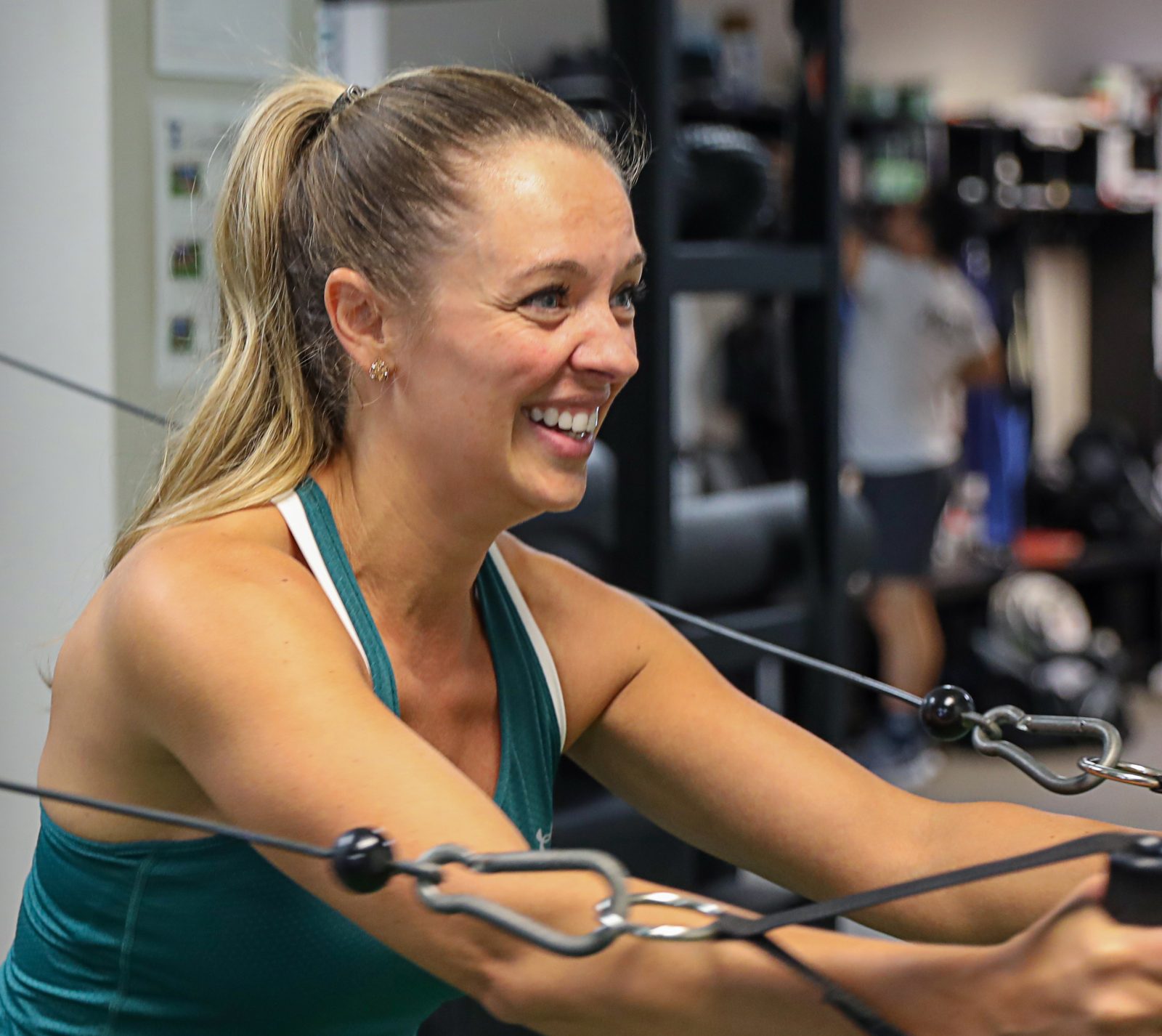Detroit’s athletes are known for their grit, resilience, and relentless drive—whether gliding across ice rinks, dominating on basketball courts, or pushing limits in the gym. But behind every powerful sprint, lightning-quick change of direction, or precise shot is a foundation of mobility—the often-overlooked key to athletic success and long-term health.
Mobility exercises are the secret sauce for unlocking optimal performance, preventing injuries, and ensuring longevity in your sport. Whether you’re an aspiring hockey star at Little Caesars Arena, a weekend warrior in your local CrossFit box, or a basketball player striving for excellence, integrating the right mobility drills into your routine can make all the difference.
Why Mobility Matters for Detroit Athletes
Mobility isn’t just about touching your toes or doing a split. It’s about controlling your body through its full range of motion—so you can move efficiently, generate power, and stay injury-free.
For Detroit athletes, mobility impacts:
- Performance: Enhanced mobility enables smoother transitions, better mechanics, and more explosive movements—whether pivoting on the ice, lunging for a loose ball, or deadlifting in the gym.
- Injury Prevention: Tight hips, restricted ankles, or a stiff thoracic spine can lead to compensations and, over time, breakdowns
- Recovery and Longevity: Mobility work restores tissue quality and joint health, allowing you to bounce back faster and maintain your edge season after season.
Simply put, mobility is the unsung hero of every Detroit athlete’s training program. Let’s explore the most effective ways to improve it.
Top Dynamic and Static Mobility Drills
Variety is key when it comes to mobility exercises. Detroit athletes should incorporate a blend of dynamic movements, static stretches, and self-myofascial release techniques.
Foam Rolling and Self-Massage Techniques
Foam rolling is a game-changer for Detroit athletes. It helps release muscle tightness, improve blood flow, and prime the body for movement. Here’s how to do it right:
- Foam Roll the Quads: Lay face down, place the roller under your thighs, and slowly roll from the hips to the knees. This helps counteract tightness from skating or running.
- Glutes and Piriformis Release: Sit on the roller, cross one ankle over the opposite knee, and lean into the glutes. Perfect for athletes who sprint, jump, or squat.
- Thoracic Spine Mobilization: Lie on your back with the roller under your mid-back. Support your head, arch slightly over the roller, and breathe deeply. This opens up the chest and improves posture for overhead movements.
- Calf Rolling: Place the roller under the calves and gently roll from the ankles to the knees, focusing on tender spots. This helps keep ankle mobility sharp for those quick pivots and cuts.
As part of your recovery, aim for 5–10 minutes of foam rolling before your dynamic warm-up or post-training.
Dynamic Warm-Up Sequences for Sports
Dynamic mobility exercises prepare your body for the demands of your sport. These drills activate muscles, lubricate joints, and elevate your heart rate—all while promoting proper movement patterns.
Some top dynamic warm-up sequences include:
- World’s Greatest Stretch: Step into a lunge, twist toward the front knee, reach the arm overhead, and rotate through the spine. This full-body stretch preps the hips, hamstrings, and thoracic spine.
- Leg Swings: Swing one leg forward and backward, then side-to-side. These are great for opening up the hips and hamstrings.
- Arm Circles and Cross-Body Swings: Loosen up the shoulders for throwing, shooting, or lifting.
- Knee Hugs and Walking Lunges: Improve hip mobility and stride length for running, skating, or court sports.
- Inchworms with a Push-Up: Stretch the posterior chain while building upper-body stability.
These drills are ideal for pre-ice sessions, game warm-ups, or gym training days.
Progression: From Basic Stretches to Advanced Flows
Mobility isn’t static. As you gain flexibility and control, you should progress to more challenging flows that integrate multiple joints and planes of motion. Here’s how Detroit athletes can level up:
- Basic Stretches: Start with static holds like pigeon pose for hips, hamstring stretches, or seated spinal twists for the back. Hold each for 30–60 seconds.
- Active Mobility: Incorporate controlled articular rotations (CARs) for the shoulders, hips, and spine. These slow, controlled movements strengthen end-range positions and improve joint health.
- Advanced Flows: For hamstring mobility, move into sequences like the 90/90 hip flow, cossack squats, or Jefferson curls. These combine strength, flexibility, and control.
- Sport-Specific Drills: For hockey players, add lateral lunges with reach or groiners to simulate skating mechanics. For basketball players, include deep squat holds with overhead reach to build ankle, hip, and thoracic mobility.
The key? Consistency and progression. Don’t rush the process—building true mobility takes time, but it pays off in spades on the ice, court, or gym floor.
Integrating Mobility into Your Weekly Routine
Detroit athletes juggle busy schedules—games, practices, weight room sessions, and work. So, how do you fit in mobility work? The answer: Make it a non-negotiable part of your training plan, not an afterthought.
Here’s a sample breakdown:
- Daily (5–10 minutes): Quick foam rolling or CARs in the morning or evening to maintain tissue health and joint function.
- Pre-Workout (10–15 minutes): Dynamic warm-up drills targeting sport-specific needs—hips and groin for hockey players, shoulders and ankles for basketball players.
- Post-Workout (10 minutes): Static stretching and breathing exercises to promote recovery.
- Dedicated Mobility Sessions (20–30 minutes, 2–3 times per week): Deep dive into foam rolling, banded joint mobilizations, and advanced flows. This is where you can really unlock progress.
Pro Tip: Pair mobility work with active recovery days or lighter training days. It’s the perfect way to stay loose without overloading your body.
And if you’re looking for expert guidance tailored to your goals, Detroit has a hidden gem…
Train Like a Pro at Michigan Elite Conditioning for Athletes (MECA)
For athletes serious about leveling up, MECA is the ultimate destination.
Founded in 2011 by renowned strength and conditioning coach David Lawrence, MECA’s mission is to elevate the health and sports performance of Michigan athletes. From high school hopefuls to collegiate stars and professionals, MECA’s expert coaching staff knows what it takes to help athletes move better, perform stronger, and stay injury-free.
At MECA, you’ll find:
- Personalized Mobility Programming: No cookie-cutter routines—every plan is tailored to your sport, position, and body’s needs.
- Top-Tier Coaches: With decades of experience in sports performance, we’ll guide you through proper techniques, progressions, and injury prevention strategies.
- Cutting-Edge Facilities: MECA’s gym is outfitted with the best equipment, creating an optimal environment for growth.
- Holistic Approach: MECA doesn’t just focus on strength or speed. We emphasize mobility, recovery, nutrition, and mindset to build complete athletes.
Whether you’re a hockey player striving for more agile turns, a basketball athlete chasing that vertical leap, or a gym-goer looking to stay active pain-free, MECA can help you unlock your potential.
Ready to move better, feel stronger, and elevate your game?
Schedule your assessment. Your body—and your performance—will thank you.

